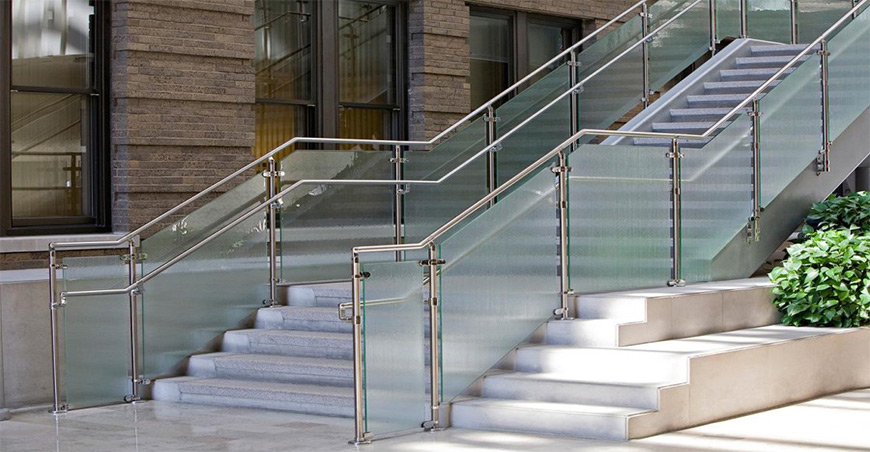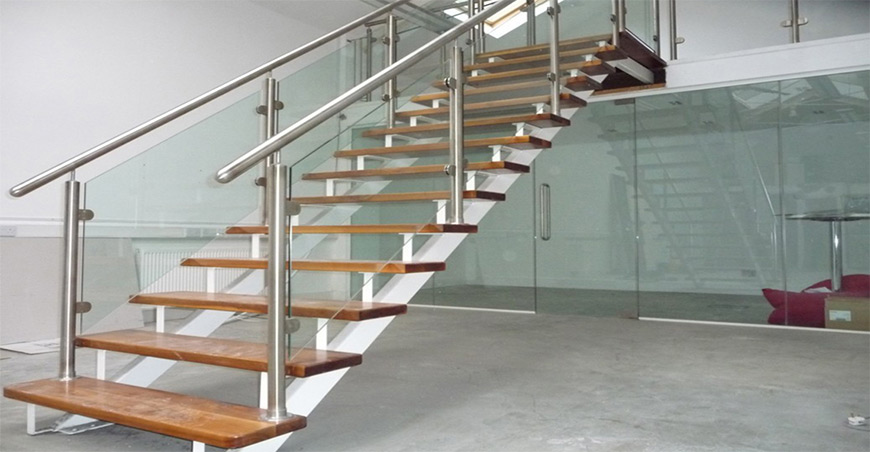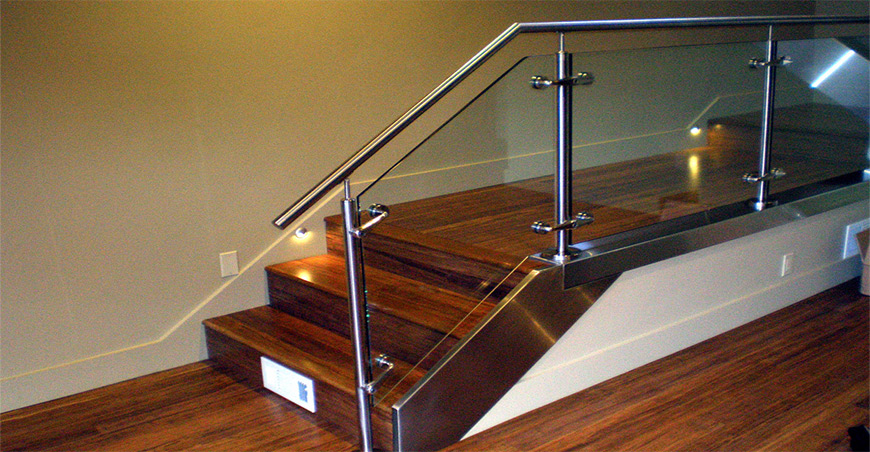A front glass elevation refers to the design and construction of the front-facing facade of a building, primarily using glass as the key material. This design approach is widely popular in modern architecture due to its ability to create transparent, sleek, and contemporary appearances for various types of buildings, including commercial complexes, residential homes, and public institutions. The use of glass in the front elevation not only enhances the aesthetic appeal of a structure but also allows for natural light to flood the interior spaces, creating an open and airy ambiance.
1. Glass Panels:
• Types: Commonly used glass types include tempered, laminated, and insulated glass. Each type serves a different purpose, whether it's for safety, thermal insulation, or soundproofing.
• Customization: Glass panels can be customized in terms of size, shape, color, and finish (e.g., frosted, tinted, or reflective) to match the architectural style and design preferences.
2. Framing System:
• Materials: The framing system, which holds the glass panels in place, is usually made of aluminum, steel, or uPVC. Aluminum is preferred for its strength, lightweight, and corrosion resistance.
• Types: Frameless systems are popular for creating a clean and minimalist look, while framed systems provide additional structural support.
3. Structural Support:
• Spider Glazing: A type of frameless system where glass panels are held together by stainless steel spider fittings, offering a seamless and transparent look.
• Point-Fixed Glazing: Glass panels are fixed at specific points using bolts or other connectors, minimizing the visibility of the support system.
4. Sealants and Insulation:
• Weatherproofing: High-quality silicone sealants are used to ensure that the joints between glass panels are weatherproof and airtight.
• Thermal Insulation: Insulated glass units (IGUs) may be used to enhance the building’s energy efficiency by reducing heat transfer.
1. Aesthetic Appeal:
• Transparency: Glass allows for a visual connection between the interior and exterior, making the building appear more open and welcoming.
• Lighting: Maximizes natural light, which can reduce the need for artificial lighting and create a vibrant, inviting atmosphere.
2. Functionality:
• Energy Efficiency: The design should consider the use of energy-efficient glass, such as double glazing or low-emissivity (Low-E) glass, to improve insulation.
• Privacy: While glass provides transparency, it can also be treated or tinted to offer varying levels of privacy.
3. Structural Integrity:
• Load-Bearing Capacity: The design must account for the load-bearing capacity of the glass and framing system, particularly in high-rise buildings or areas prone to strong winds.
• Safety: Tempered or laminated glass is often used in front elevations for its safety features, as it breaks into small, less harmful pieces rather than large, sharp shards.
Design and Planning:
• Architectural Design: Begins with conceptualizing the elevation, taking into account the building’s purpose, surrounding environment, and client preferences.
• Structural Engineering: Engineers assess the structural requirements, including load-bearing, wind resistance, and thermal performance.
Material Selection:
• Glass Selection: Based on design requirements, glass types and finishes are selected to balance aesthetics, safety, and functionality.
• Framing and Support: Choosing the appropriate framing materials and support systems is crucial to ensure durability and structural integrity.
Fabrication:
• Glass Cutting and Finishing: Glass panels are cut to size and finished according to the design specifications, including any treatments for UV protection or insulation.
• Frame Fabrication: The framing system is manufactured to precise measurements to ensure a perfect fit during installation.
Installation:
• Mounting the Frames: The framing system is installed first, ensuring that it is level and securely anchored to the building structure.
• Glass Installation: Glass panels are then carefully fitted into the frames or fixed directly to the structure using spider or point-fixed systems.
• Sealing and Insulation: Once the glass is in place, sealants are applied to ensure weatherproofing, and any insulation layers are added for energy efficiency.
Finishing Touches:
• Cleaning: The entire glass elevation is thoroughly cleaned to remove any construction debris or fingerprints.
• Final Inspection: A detailed inspection is conducted to ensure that the installation meets all design, safety, and functional requirements.
Front glass elevation design and work are integral to modern architecture, offering a perfect blend of form and function. Through careful planning, material selection, and skilled execution, architects and builders can create stunning facades that not only enhance the visual appeal of a building but also contribute to its overall performance in terms of energy efficiency, safety, and user experience.





